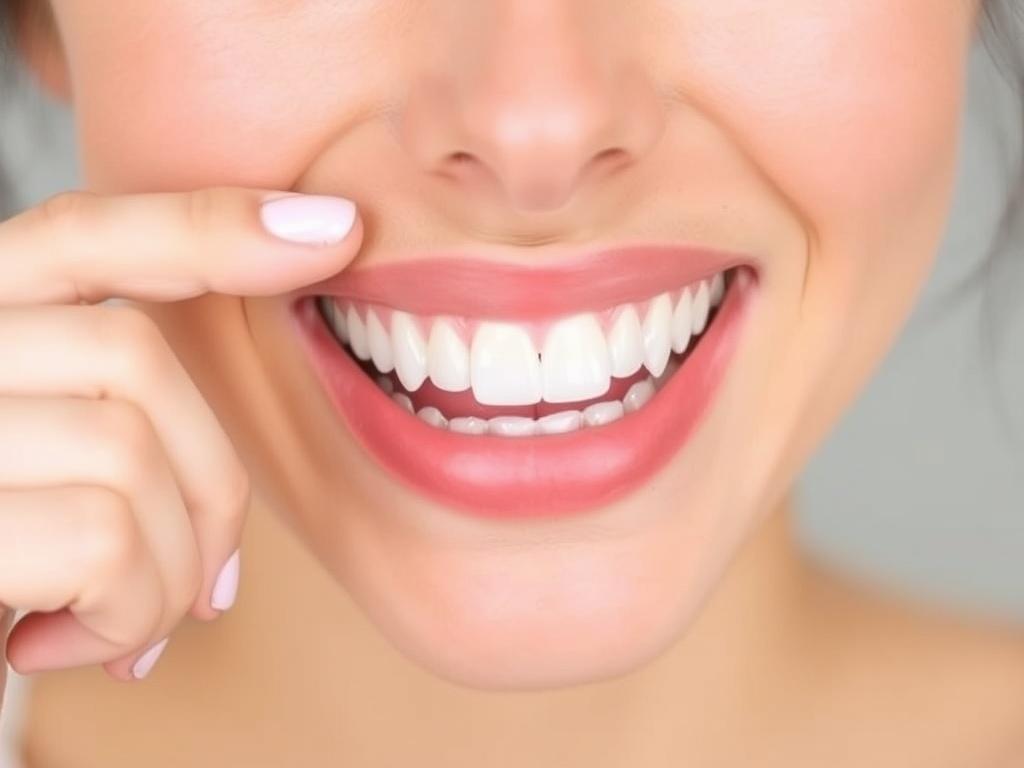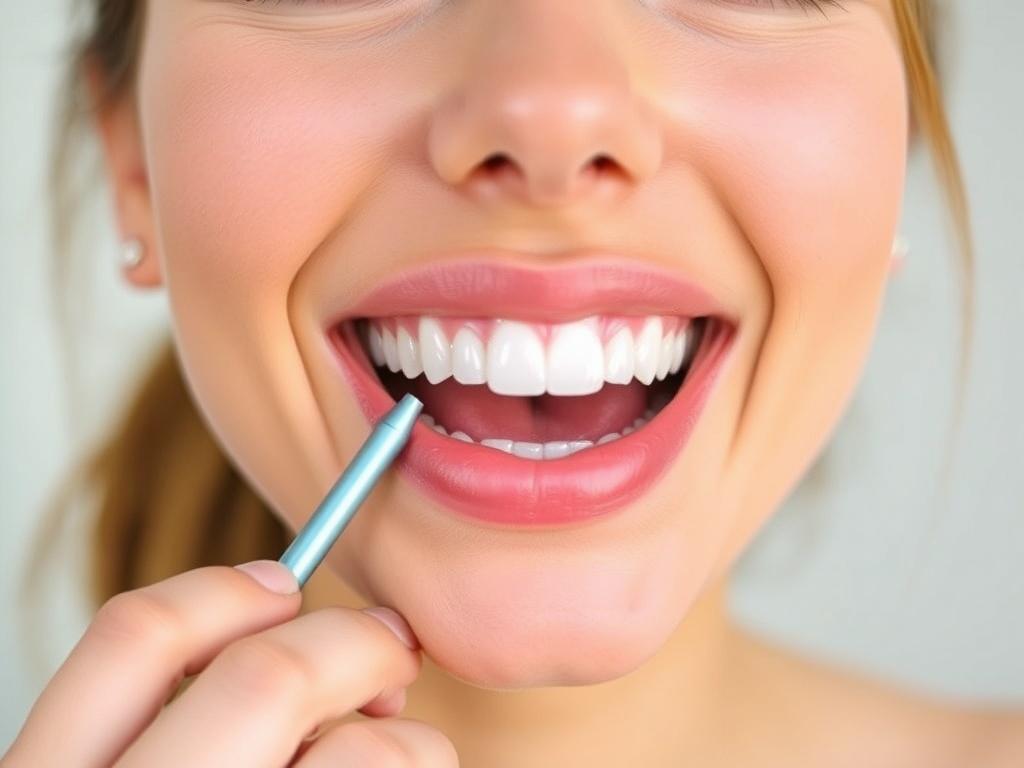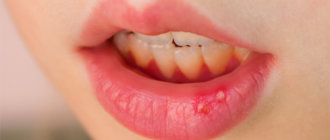Having a bright, white smile is something many of us desire, but for those with sensitive teeth, the thought of whitening can bring hesitation and worry. Teeth whitening is a popular cosmetic dental treatment that can dramatically improve your smile, but sensitivity issues often make people skeptical about pursuing it. The good news is that teeth whitening for sensitive teeth is not only possible but can be done safely and effectively with the right approach. In this article, we’ll explore various techniques, products, and tips to help you achieve a stunning white smile without discomfort. Let’s dive in and learn how to brighten your smile gently.
Содержание
- 1 Understanding Sensitive Teeth: What Causes Sensitivity?
- 2 Types of Teeth Whitening Methods for Sensitive Teeth
- 3 Choosing Teeth Whitening Products for Sensitive Teeth
- 4 Tips to Reduce Sensitivity During Whitening
- 5 DIY Whitening Recipes: Are They Safe for Sensitive Teeth?
- 6 The Role of Diet in Maintaining a White Smile with Sensitive Teeth
- 7 Common Myths About Whitening Sensitive Teeth
- 8 How Often Can You Whiten Sensitive Teeth?
- 9 The Importance of Oral Hygiene When Whitening Sensitive Teeth
- 10 When to See a Dentist About Sensitivity and Whitening
Understanding Sensitive Teeth: What Causes Sensitivity?
Before talking about teeth whitening, understanding what causes teeth sensitivity is important. Sensitive teeth can be triggered by various factors, and knowing these can help you choose the best teeth whitening for sensitive teeth options.
When you have sensitive teeth, you may experience sharp pain or discomfort when your teeth come into contact with hot or cold foods and drinks, sweet or acidic foods, or even during brushing. This sensitivity is commonly caused by enamel erosion, gum recession exposing the dentin, or tiny cracks in the teeth.
Enamel is the hard, protective outer layer of your teeth. When it wears down due to aging, aggressive brushing, acidic foods, or other dental issues, it exposes the softer dentin underneath. Dentin contains microscopic tubules connected to nerves, and when exposed, it leads to sensitivity.
Teeth whitening products typically use bleaching agents like hydrogen peroxide or carbamide peroxide. These agents can penetrate the enamel to break down stains but may also irritate sensitive teeth. That’s why it’s essential to approach teeth whitening for sensitive teeth carefully.
Types of Teeth Whitening Methods for Sensitive Teeth
There are numerous teeth whitening methods available, but not all of them are ideal for sensitive teeth. To help you navigate the options, here’s a detailed breakdown of popular whitening techniques and how they measure up for people with sensitivity.
Over-the-Counter Whitening Products
Over-the-counter (OTC) products are widely accessible and include whitening toothpastes, strips, gels, and rinses. These products are generally less potent than professional treatments, making them a gentler choice for sensitive teeth.
- Whitening Toothpastes: These often contain mild abrasives and low levels of peroxide to remove surface stains. While they don’t dramatically whiten teeth, they cause minimal sensitivity and are good for maintenance.
- Whitening Strips: Strips coated with peroxide gel can whiten teeth better than toothpaste but may still cause some sensitivity, especially if used too frequently.
- Whitening Gels and Trays: OTC gel kits can provide deeper whitening but may irritate sensitive teeth if the peroxide concentration is high.
Professional Whitening Treatments
Professional teeth whitening is usually performed at a dentist’s office or through dentist-provided take-home kits. These options can offer more dramatic results but require careful consideration for sensitive teeth.
- In-Office Whitening: This method uses stronger bleaching agents and often light or laser activation. Dentists can apply desensitizing agents before or after treatment to reduce discomfort.
- Custom Take-Home Trays: These trays fit your teeth perfectly and allow you to apply whitening gel at home gradually. Lower concentration gels can be used, making it suitable for sensitive teeth.
Natural Whitening Remedies
Natural methods like baking soda, activated charcoal, or oil pulling have gained popularity but their effectiveness is mild and scientific support is limited. For sensitive teeth, these may be safe alternatives but don’t expect dramatic results.
Choosing Teeth Whitening Products for Sensitive Teeth
When selecting teeth whitening for sensitive teeth products, several factors come into play. Here’s a handy table to help you choose, listing pros and cons of different whitening options based on sensitivity levels.
| Whitening Method | Benefits | Drawbacks for Sensitive Teeth | Suitability |
|---|---|---|---|
| Whitening Toothpaste | Gentle, easy to use, affordable | Limited whitening effect | Highly suitable |
| Whitening Strips (Low Peroxide) | Moderate whitening, accessible | May cause mild sensitivity if overused | Moderately suitable |
| Professional Take-Home Kits | Custom fit, controlled peroxide | Requires dentist guidance | Suitable with precautions |
| In-Office Whitening | Fast, dramatic results | Higher risk of sensitivity | Suitable if combined with desensitizing |
| Natural Remedies | Safe, inexpensive | Minimal whitening, less evidence | Suitable for mild sensitivity |
Tips to Reduce Sensitivity During Whitening

If you have sensitive teeth but want to whiten, a few practical tips can make the process more comfortable and successful.
1. Use Desensitizing Toothpaste Before Whitening
Using toothpaste specially formulated for sensitive teeth for at least two weeks before whitening can help block the transmission of pain signals. Ingredients like potassium nitrate and fluoride strengthen enamel and soothe nerves.
2. Opt for Lower Peroxide Concentrations
High concentrations of hydrogen or carbamide peroxide can aggravate sensitivity. Choosing whitening products with lower peroxide levels or shorter exposure times reduces the risk.
3. Take Breaks Between Whitening Sessions
Instead of whitening daily, space treatments out to give your teeth time to recover. This approach minimizes irritation and protects enamel.
4. Consult With Your Dentist
Before you start any whitening, see your dentist for an examination. They can recommend the safest whitening for sensitive teeth and may apply professional desensitizing agents to protect your enamel.
5. Avoid Acidic Foods and Drinks During Whitening
Acidic substances weaken enamel, so try to limit citrus fruits, soda, and vinegar while whitening to avoid exacerbating sensitivity.
DIY Whitening Recipes: Are They Safe for Sensitive Teeth?
You may have heard that household items like baking soda, hydrogen peroxide, or even strawberries can whiten teeth naturally. While some people swear by these remedies, it’s essential to understand their effect on sensitive teeth.
Baking Soda
Baking soda is mildly abrasive and can remove surface stains, making it a popular homemade whitening remedy. Using baking soda occasionally is generally safe, but frequent use may erode enamel, causing sensitivity.
Hydrogen Peroxide Rinses
Diluted hydrogen peroxide rinses can help lighten teeth and kill bacteria, but using too strong a solution or rinsing too often can irritate gums and teeth.
Strawberries and Other Natural Products
The malic acid in strawberries acts as a mild bleaching agent, but the acid can also erode enamel if applied excessively. Using these natural options sparingly and carefully is advised for sensitive teeth.
Remember:
DIY whitening methods rarely provide dramatic results and could potentially increase sensitivity if overused or misapplied.
The Role of Diet in Maintaining a White Smile with Sensitive Teeth
Your diet plays a crucial role not only in the appearance of your teeth but also in preventing sensitivity. Certain foods can stain your teeth, while others help strengthen enamel and reduce sensitivity.
Foods That Can Stain Teeth
- Coffee and Tea: Both beverages contain tannins that cause staining.
- Red Wine: Known for deep pigmentation that can yellow teeth.
- Berry Fruits: Blueberries, blackberries, and cherries can leave stains.
- Cola and Soda: Acidic and colored drinks that can harm enamel and stain.
Foods That Help Maintain Healthy Teeth
- Dairy Products: Rich in calcium and phosphates to strengthen enamel.
- Leafy Greens: High in vitamins and minerals that promote oral health.
- Nuts: Provide essential minerals and increase saliva production.
- Water: Especially fluoridated water can rinse away food particles and protect enamel.
Maintaining a balanced diet rich in enamel-friendly nutrients helps keep teeth strong and less sensitive, making teeth whitening for sensitive teeth more feasible.
Common Myths About Whitening Sensitive Teeth
0
When it comes to teeth whitening and sensitivity, a lot of misconceptions exist. Clearing up these myths can help you make informed decisions for your dental care.
- Myth 1: Whitening Will Always Increase Sensitivity – While some sensitivity is common during whitening, proper product choice and professional guidance minimize discomfort.
- Myth 2: Sensitive Teeth Cannot Be Whitened – Many effective whitening products are designed specifically for sensitive teeth and can be used safely.
- Myth 3: Professional Whitening Is Too Harsh for Sensitive Teeth – On the contrary, dentists use desensitizing agents and customize treatment to protect sensitive teeth.
- Myth 4: More Whitening Means Better Results – Over-whitening or extending exposure can damage enamel and increase sensitivity without improving the sparkle.
How Often Can You Whiten Sensitive Teeth?

Frequency matters when whitening sensitive teeth. Overdoing it may lead to enamel damage and increased sensitivity. Generally, dentists recommend the following guidelines:
- Use whitening toothpaste daily as maintenance.
- Apply whitening strips or gels every other day or as directed on packaging.
- Professional take-home kits typically involve 2-week treatments, repeated sparingly.
- In-office treatments are usually done once or twice a year, with intervals to allow teeth to recover.
Following these intervals helps maintain a bright smile without causing undue sensitivity or enamel wear.
The Importance of Oral Hygiene When Whitening Sensitive Teeth
Good oral hygiene is crucial, especially for those whitening sensitive teeth. Plaque, tartar, and gum disease can all exacerbate sensitivity and cause irregular whitening results.
Make sure to:
- Brush gently twice daily with a soft-bristled toothbrush and toothpaste for sensitive teeth.
- Floss daily to remove plaque between teeth.
- Visit your dentist regularly for cleanings and check-ups.
- Avoid aggressive brushing which can worsen gum recession and sensitivity.
Proper hygiene creates a healthy environment that supports successful whitening and long-lasting results.
When to See a Dentist About Sensitivity and Whitening
If you experience severe or lingering pain during or after whitening, it’s time to consult a dental professional. Some underlying conditions may need attention before whitening can be safely performed.
Symptoms warranting a dentist visit include:
- Persistent sharp pain triggered by temperature changes.
- Visible gum recession or enamel wear.
- White spots, cracks, or unusual discoloration on teeth.
- Sensitivity that doesn’t improve with desensitizing toothpaste.
Your dentist can diagnose problems, recommend suitable whitening options, and provide in-office treatments to reduce sensitivity.
Conclusion
Teeth whitening for sensitive teeth is a delicate but achievable goal. By understanding the causes of sensitivity and choosing the right products, methods, and precautions, you can brighten your smile without the discomfort often associated with whitening treatments. Whether opting for gentle whitening toothpastes, professional take-home kits, or carefully supervised in-office procedures, managing sensitivity is key. Complementing whitening efforts with good oral hygiene, a tooth-friendly diet, and routine dental care creates the perfect foundation for safe, lasting results. Remember, patience and smart choices make all the difference on the road to a radiant smile that doesn’t come at the cost of your comfort. So take your time, consult your dentist, and enjoy the confidence that comes with a beautifully bright smile — even if your teeth are sensitive.



